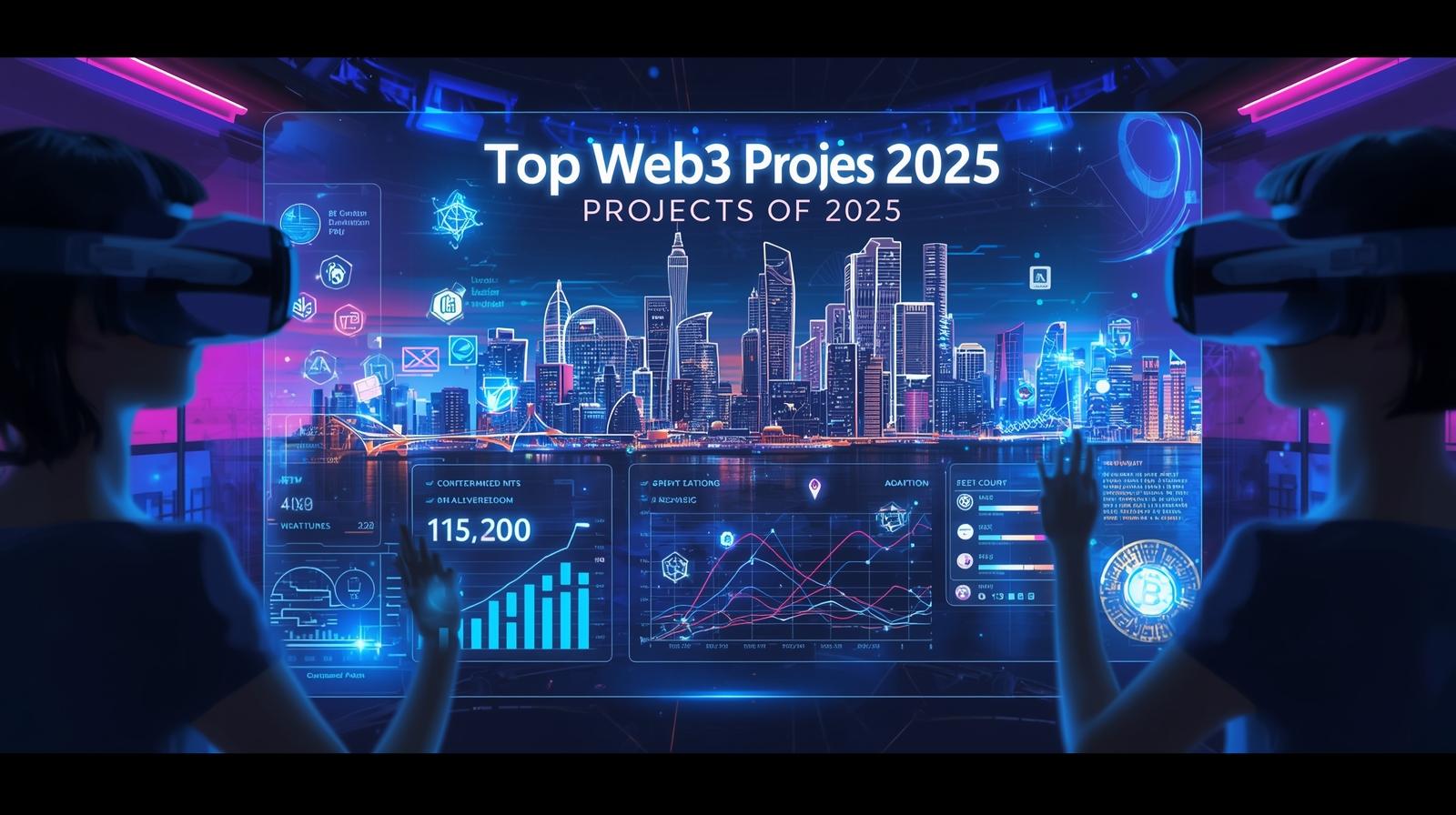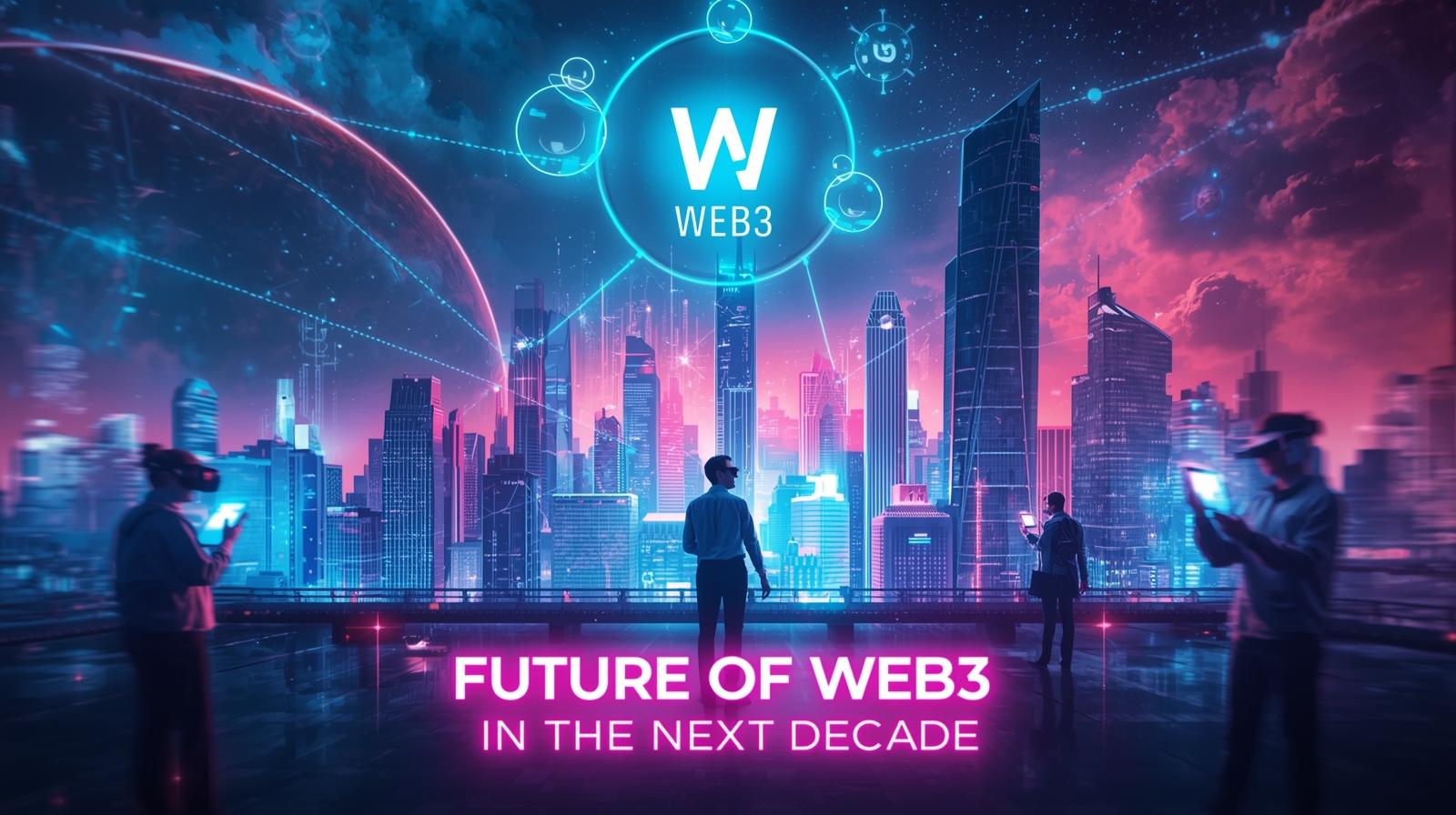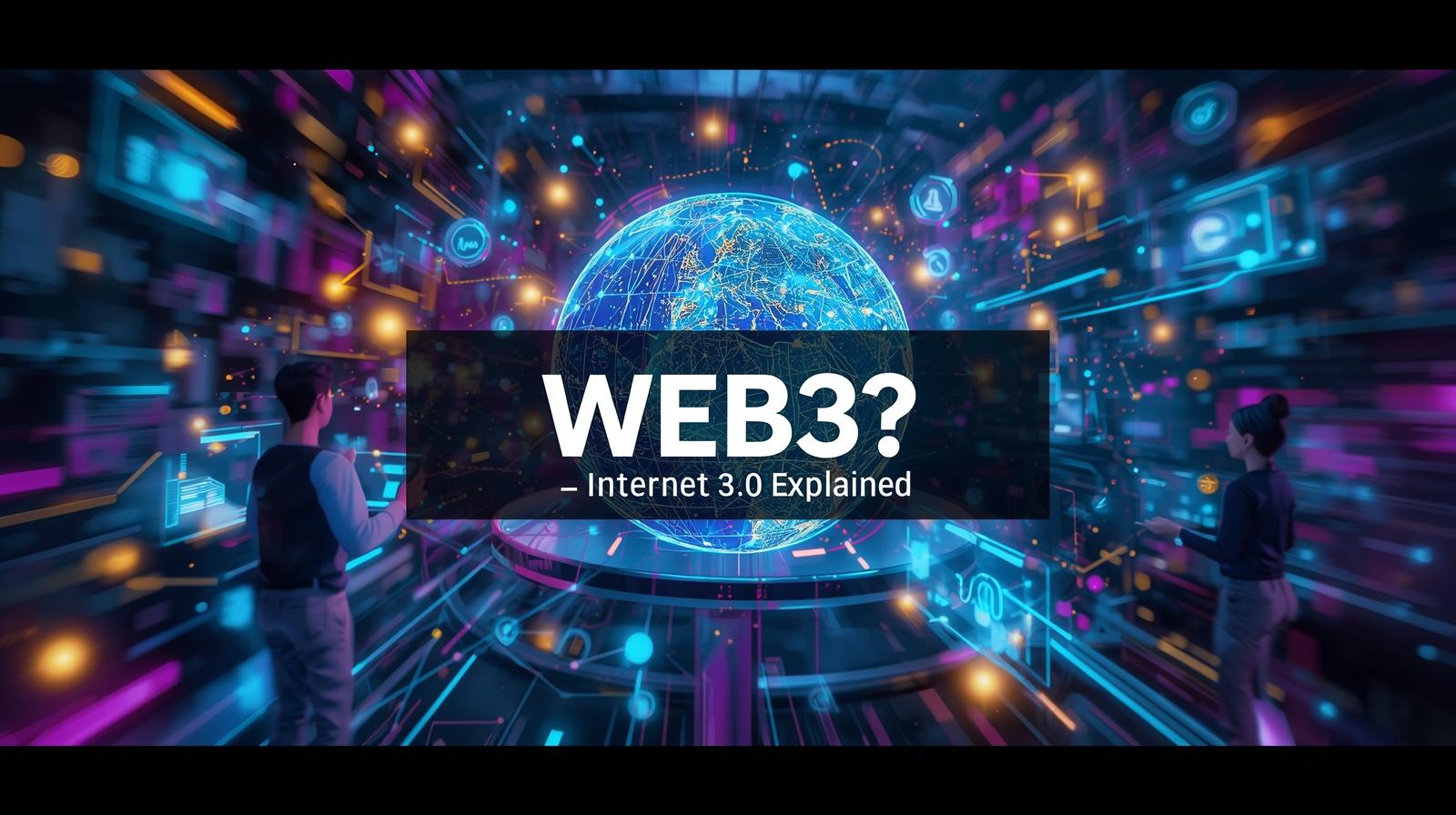The Web3 revolution is gaining unstoppable momentum in 2025, redefining the way we interact, transact, and share value online. From decentralized finance (DeFi) to NFT ecosystems and decentralized autonomous organizations (DAOs), Web3 is no longer a futuristic concept—it’s becoming the backbone of the digital world. In this blog, we explore the top Web3 projects to watch in 2025 that are driving innovation, adoption, and real-world utility.
- Ethereum 2.0 (ETH)
Ethereum remains the most prominent smart contract platform, and the transition to Ethereum 2.0 has made it more scalable, energy-efficient, and developer-friendly. With its proof-of-stake (PoS) mechanism, Ethereum 2.0 is reducing environmental impact while supporting a growing ecosystem of DeFi protocols, NFT marketplaces, and decentralized apps (dApps).
Why it matters: Ethereum continues to dominate DeFi and NFT ecosystems, making it a foundation for new Web3 projects in 2025.
- Polkadot (DOT)
Polkadot is a multi-chain network enabling interoperability between different blockchains. Its unique parachain model allows developers to build scalable dApps and connect isolated blockchains, fostering a truly decentralized web.
Key feature: Cross-chain communication enables seamless asset transfer and shared security across ecosystems.
- Filecoin (FIL)
As data becomes the backbone of the digital economy, decentralized storage solutions like Filecoin are critical. Filecoin provides a secure, peer-to-peer storage network that incentivizes users to contribute storage capacity.
Use case in 2025: Web3 projects rely on Filecoin for hosting NFTs, dApps, and sensitive data without relying on centralized cloud providers.
- Chainlink (LINK)
Chainlink is the leading decentralized oracle network, providing real-world data to smart contracts on the blockchain. It ensures that DeFi platforms, insurance protocols, and other dApps can access reliable off-chain information securely.
Impact: Chainlink strengthens trust and functionality across the Web3 ecosystem.
- Decentraland (MANA)
Decentraland is a virtual world where users can buy, sell, and build on digital land using blockchain technology. As the metaverse grows, Decentraland represents a key player in social, gaming, and commercial Web3 experiences.
Why it stands out: Combines NFTs, digital ownership, and immersive virtual experiences.
- Uniswap (UNI)
Decentralized exchanges (DEXs) like Uniswap continue to revolutionize trading in Web3. Uniswap allows users to swap tokens directly from their wallets without intermediaries, empowering peer-to-peer financial interactions.
Highlight: Automated market maker (AMM) model enhances liquidity and trading efficiency.
- Aave (AAVE)
Aave is a leading DeFi lending and borrowing protocol, allowing users to earn interest on crypto deposits or take out decentralized loans. Its innovative approach to flash loans and collateral management makes it a cornerstone of the Web3 financial ecosystem.
Significance: Aave enables decentralized finance that’s accessible, secure, and trustless.
- The Graph (GRT)
The Graph is an indexing protocol for querying blockchain data, powering dApps with efficient, decentralized access to blockchain information.
Why it matters in 2025: With an increasing number of dApps and complex smart contracts, The Graph ensures smooth and scalable data access.
- Optimism (OP)
Optimism is a Layer 2 scaling solution for Ethereum, reducing transaction fees and improving network speed. With Layer 2 adoption increasing, projects like Optimism are critical to making Web3 accessible to mainstream users.
Impact: Faster, cheaper transactions drive mass adoption of decentralized apps.
- Arweave (AR)
Arweave offers permanent data storage on a decentralized network, making it ideal for archiving digital assets, NFTs, and important records permanently.
Why it’s unique: Unlike traditional cloud storage, data on Arweave is immutable and censorship-resistant.
Conclusion
Web3 in 2025 is more than just hype—it’s an ecosystem of projects building the decentralized internet of tomorrow. From smart contract platforms and decentralized finance to NFT marketplaces and data storage, these top projects are leading the charge toward a more open, transparent, and user-owned digital world.
By keeping an eye on these projects, developers, investors, and enthusiasts can better navigate the evolving Web3 landscape.



